How Many Teeth Do Dogs Have?
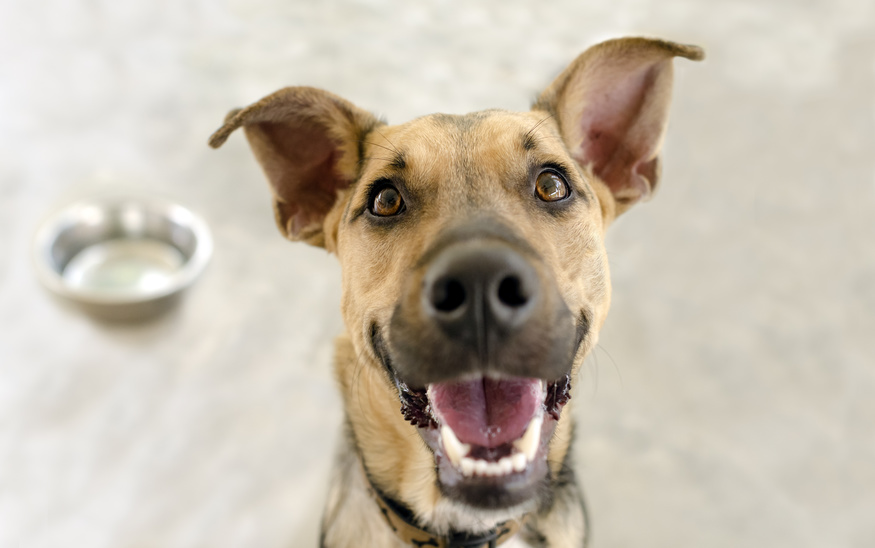
You probably don’t spend a lot of time looking at your dog’s teeth.
But maybe you should.
Dog dental health is just as important as your own dental health – more so, in fact, because your dog can’t care for his teeth on his own. It’s your job to keep your dog’s teeth clean.
You may be wondering:
Isn’t it normal for a dog’s teeth to be discolored? And aren’t dogs supposed to have bad breath?
No!
Your dog’s teeth should be just as pearly white as yours and his breath should be fresh!
Okay, so maybe you have a lot to learn about taking care of your dog’s teeth, and that’s okay! Let’s start with the basics:
How Many Teeth Do Dogs Have?
If you think back to your childhood, you’ll probably remember your baby teeth falling out before your adult teeth grew in.
The same thing happens to dogs.
Puppies start growing teeth between 4 and 6 weeks old. Because these teeth are very sharp when they come in, they act as a reminder that it’s time for a mother dog to start weaning her pups onto solid food.
The first teeth to develop are the incisors, followed by the canines, and then the premolars.
Puppies don’t grow molars with their baby teeth because they will largely be eating softened food at this stage. The total number of baby teeth a puppy grows is 28.
Around 4 months of age is when adult dog teeth start growing in.
An adult dog typically has 42 teeth, though that number may vary to some degree, depending on age.
These teeth grow in the same order as the baby teeth – incisors followed by canines, then premolars and molars. As the last teeth to grow in, the molars usually erupt sometime between 6 and 7 months.
Just as you did when you were a child, a puppy loses his baby teeth before their adult dog teeth start to grow in. As the adult teeth start to grow, it is normal for the puppy to experience some discomfort or pain – you’ll be able to tell when it starts happening because your puppy will begin chewing on everything in sight.
To soothe your puppy’s discomfort, make sure he has plenty of chew toys to choose from. If you don’t, your puppy will find something to chew on himself and you might not like what he chooses!
Okay, so dogs have 42 teeth. But why do they have so many different kinds?
Let’s explore the different types of teeth your dog has:
The Four Types of Adult Dog Teeth
Your dog has four different types of teeth:
- Incisors
- Canines
- Premolars
- Molars
The incisors are the first to grow in and they are the small teeth located in the front of your dog’s mouth – he should have six on the top and six on bottom. These are the teeth he uses to tear meat from the bone and to chew mats or burs out of their coat.
The canines are the long, pointy teeth on the sides of a dog’s mouth – his fangs.
Canine teeth are the longest of the four types and they help your dog hold onto things with his mouth. They are also the teeth that can puncture things. He has two canines on top and two on the bottom.
The premolars are just behind the canines and they have sharp edges for shearing. If you notice your dog chewing on something with the side of his mouth, he’s using his premolars. He has 16 of these teeth – 8 on top and 8 on bottom.
Finally, the molars.
Your dog has two molars on each side of his top jaw and three on each side of the bottom. They are the flat, heavy-duty teeth used for grinding and chewing food – and your favorite pair of shoes if you aren’t careful!
Now that you know how many teeth your dog has and what kind, you may be wondering how to take care of them.
Do you need to brush your dog’s teeth?
Yes!
Brushing your dog’s teeth on a daily basis is an important aspect of dog dental care.
Here’s what you need to know about dental care for dogs:
Basic Dental Care for Dogs
Dental disease is just as common in dogs as it is in humans.
In fact, the American Veterinary Dental College says that most dogs (and cats) will have some degree of periodontal disease, or dental disease, by the time they reach three years old.
So, how do you keep a dog’s teeth clean?
Feeding your dog a high-quality kibble is a great place to start. Hard foods help scrape plaque and tartar off your dog’s teeth while soft foods are more likely to get stuck and to gather bacteria in your dog’s mouth. Bully sticks and hard rubber toys can also help clean your dog’s teeth.
But there is no substitute for brushing.
Wait…. Did you think we were kidding?
No! Brushing your dog’s teeth is extremely important!
But there is a right way and a wrong way to do it – here’s how to brush your dog’s teeth:
- Start with a soft bristle brush and some dog-friendly toothpaste.
- Apply a little of the toothpaste to the brush and hold it in one hand as you gently lift his upper lip with the other hand.
- Hold the brush at a 45-degree angle to the gum line and move it gently back and forth, starting with the canine teeth.
- Slowly work your way toward your dog’s back teeth, brushing as you go.
- As you brush, talk to your dog in an upbeat voice and praise him for good behavior – you might even give him a tasty treat after you finish brushing a few teeth.
Sounds pretty easy, right? It should be!
But there are some dogs who don’t like having their teeth touched.
If you’ve never brushed your dog’s teeth before, you might need to start him off slowly by getting him used to having you touch his lips and teeth.
You can start by putting a little of the toothpaste (be sure to choose a tasty flavor) and letting him lick it off your finger – praise him when he does so.
Next, rub a little of the toothpaste onto his teeth with your finger and praise him when he licks it away. You may need to try this a few times a day for several days until he really gets used to it. At that point, you can start introducing the toothbrush.
When your dog gets to the point that he’ll let you brush his teeth, you should do so at least once a day but ideally after each meal. You really only need to focus on the outer surface because he’ll lick the inner surface clean with his tongue, for the most part.
Okay, so you’ve started brushing your dog’s teeth more often.
But you still need to be on the lookout for signs of dental disease!
What should you look for?
- Bad breath
- Excessive drooling
- Swollen gums
- Bleeding gums
- Decreased appetite
- Discolored teeth
- Broken teeth
Dogs generally don’t develop cavities the way humans do, but soft foods can get stuck under the gum line in your dog’s mouth which could allow bacteria to grow and cause an infection. Left untreated, the infection could eat into the tooth itself or the underlying bone.
What do you do if your dog developed dental disease?
Is there such a thing as a dog dentist?
Every time you take your dog to the vet, he will probably take a look at your dog’s teeth. If he notices signs of developing dental disease, he may recommend a professional cleaning. Many veterinarians offer this service, but if yours doesn’t he should be able to make a recommendation.
What’s involved in a dog teeth cleaning?
A professional teeth cleaning for dogs typically involves a close inspection of the teeth and gums as well as a thorough scaling and polishing of the teeth. Because you can’t expect your dog to sit still for this entire procedure, dog dental cleanings are usually performed under general anesthesia.
It’s important to note that some dogs simply don’t do well with anesthesia.
This is true for very small dogs and dogs who have underlying medical conditions such as heart, liver, or kidney disease as well as diabetes, anemia, or heartworm.
Even if your dog is perfectly healthy, there are risks associated with anesthesia, so talk to your veterinarian before you decide to have the procedure performed.
Or just keep your dog’s teeth clean on your own!

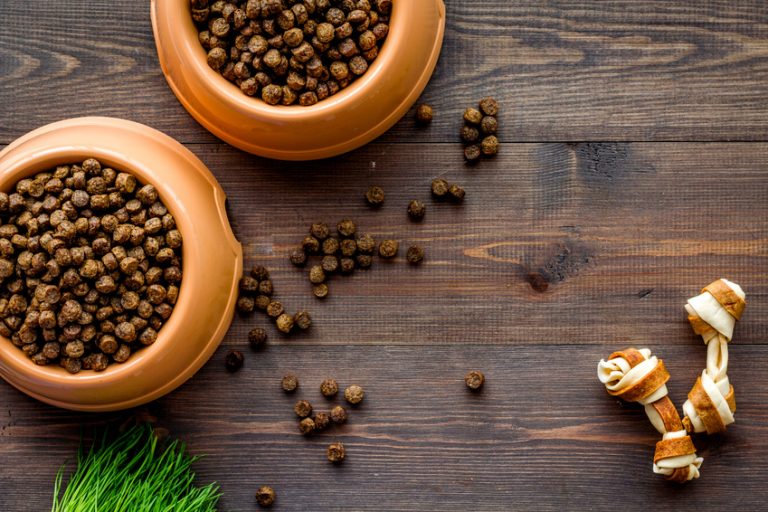
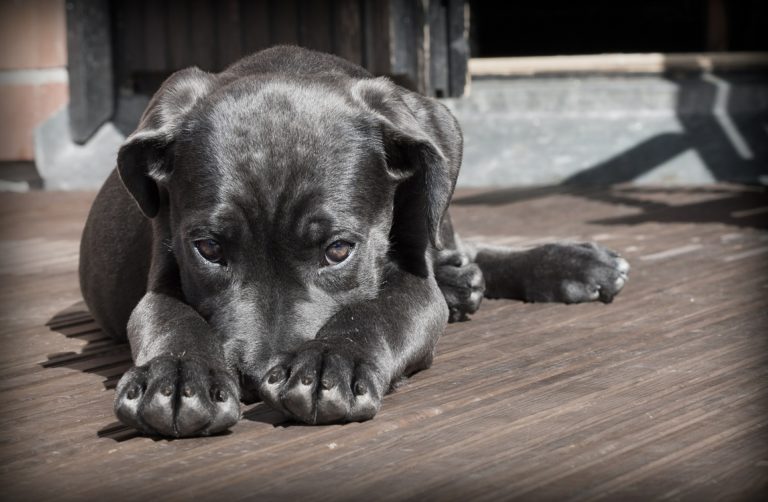
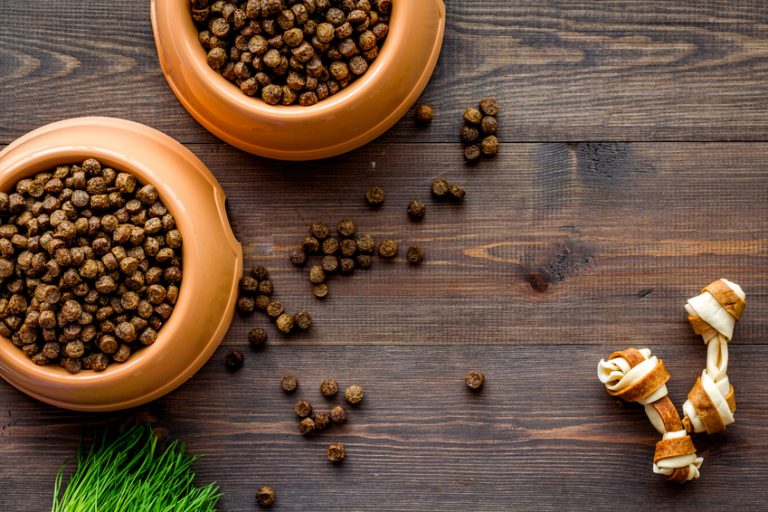
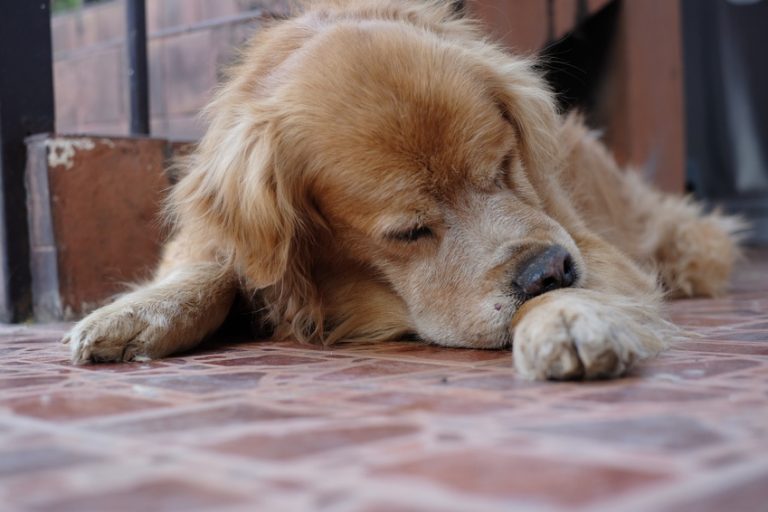
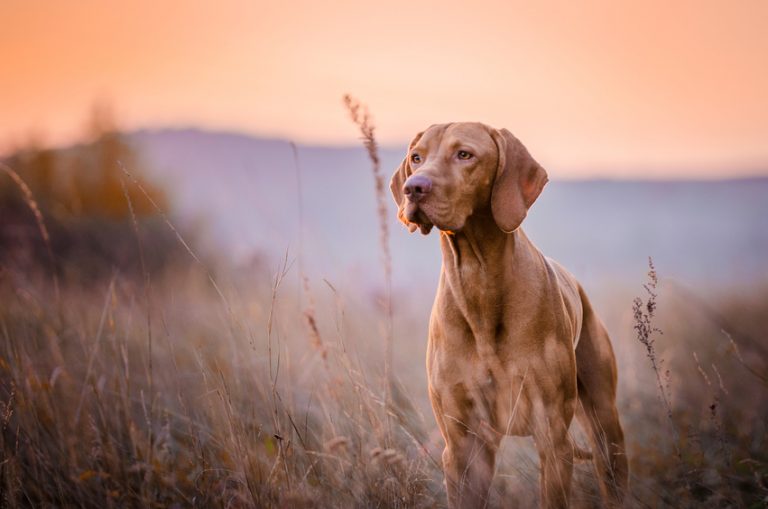
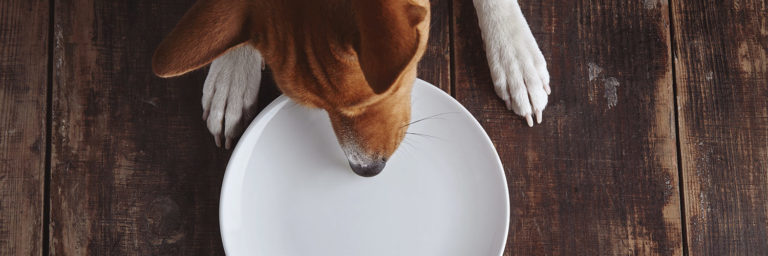
Fascinating! It really doesn’t seem like dogs have 48 teeth, I actually thought they had fewer than us. Matilda actually has an extra baby tooth that has not fallen out, she’s going to have it removed when she gets spayed. Tartar gets stuck between the baby incisor and the adult one, and I try to remember to brush her teeth, but I’m actually finding that raw meaty bones reach parts of her mouth that I can’t.